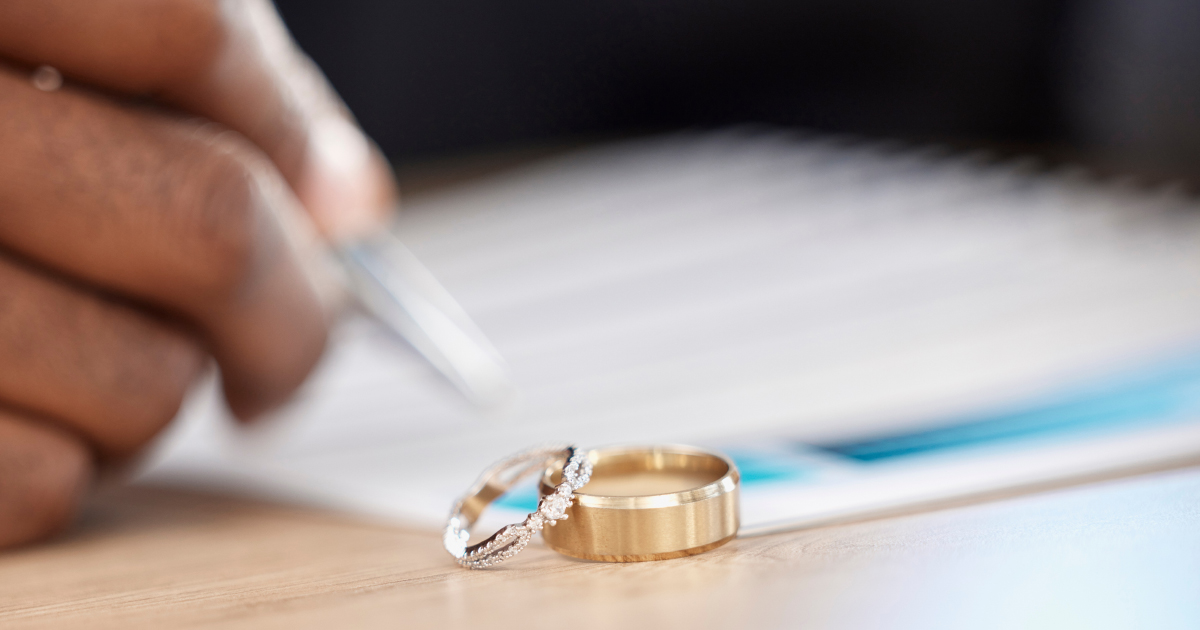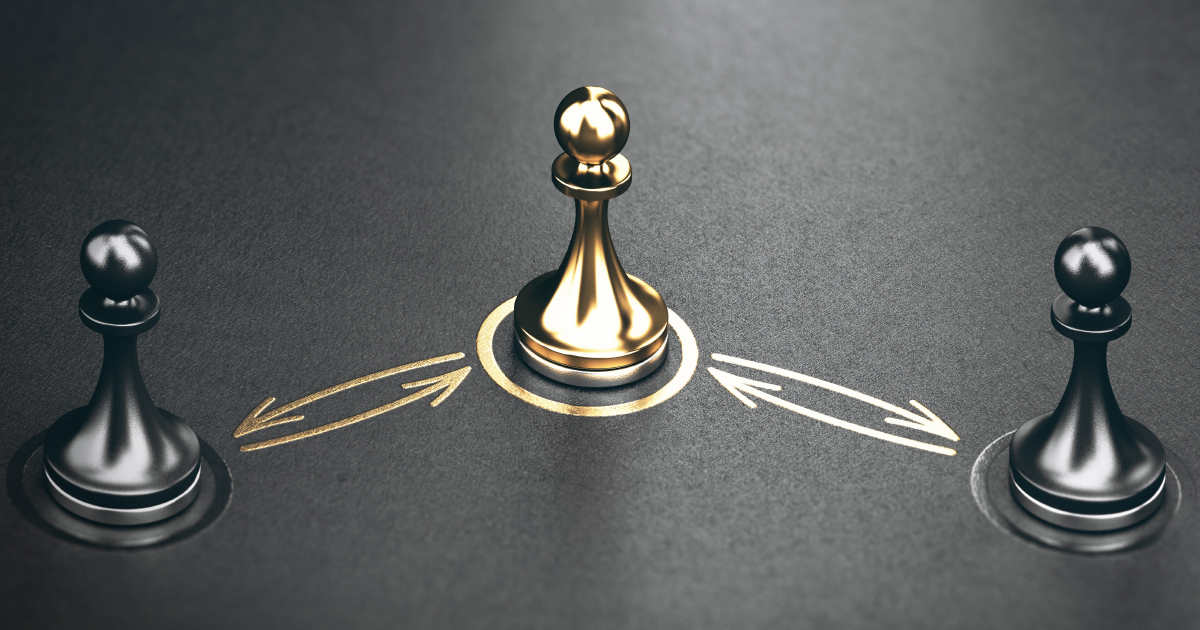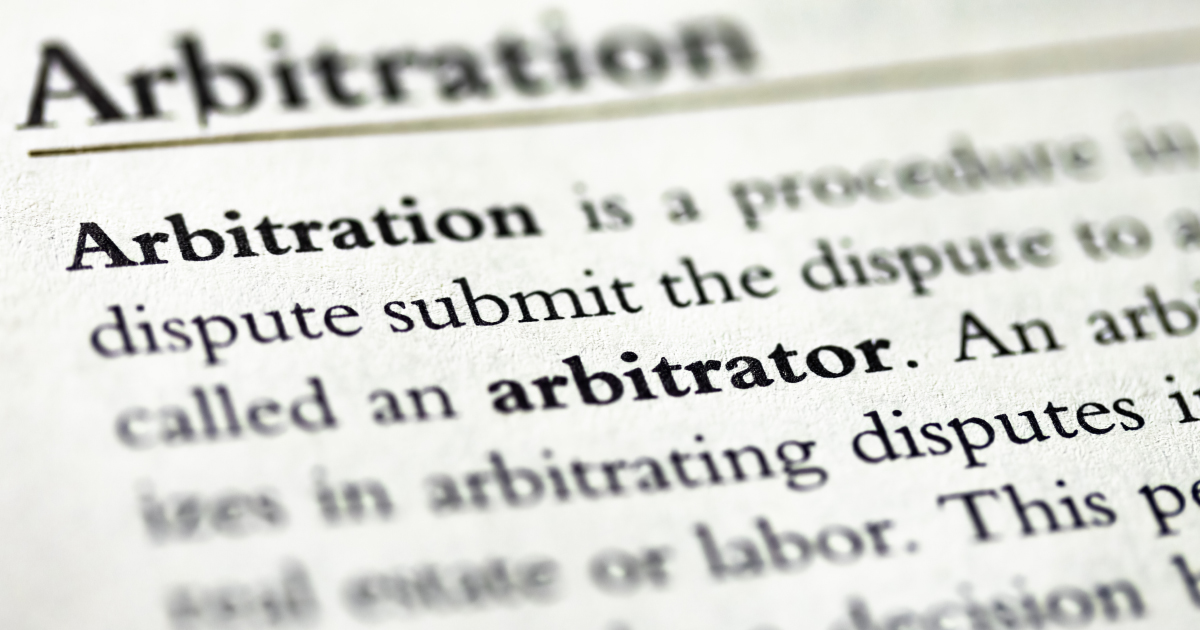Divorces between financially sophisticated spouses often involves judges and lawyers encountering trusts issues when the topics of maintenance and the division of matrimonial assets arise. In turn, this has led to the coexistence of family law and trust law.
A trust arises where one holds property on another’s behalf. The person holding the property on behalf of another is known as the trustee, who has legal title, control and management of the trust. The person on whose behalf the property is held is known as the beneficiary.
Trust Assets as Matrimonial Assets
Disputes over whether assets forming part of an express trust should be made available for division in a divorce typically involves one or both of the divorcing parties being a settlor. A settlor’s role is to legally transfer control of an asset to a trustee.
The higher degree of beneficial ownership the settlor has over the disputed trust assets, the more likely these assets form part of the matrimonial pool. Beneficial ownership of a given asset is determined by the level of control a settlor maintains.
Case Law
In Gaye Williams Nee Marks v Cary Donald Williams, the Singapore High Court was concerned with deciding whether shares of both a company and its subsidiary remained beneficially owned property of the husband. The husband was the settlor of the trust and had the power to direct trustees to mandatorily remove any beneficiary under the trust and to add to the trust as beneficiary, anyone chosen at the settlor’s discretion. The Court found that these powers gave the husband extensive control and he should be treated as the owner of the companies, for the purpose of determining his financial position to provide for his wife and children.
It is not uncommon for a husband-settlor or wife-settlor to establish a trust right before the divorce for someone completely unrelated to the marriage. In these instances the courts, using section 132 of the Women’s Charter, may find it appropriate to “claw back” assets settled under the trust. In AQT v AQU, the court stated that it may find it just and equitable to place money back into the pool of matrimonial assets where the husband-settlor or wife-settlor has attempted to purposely deprive the other spouse a share of the matrimonial assets.
Sham Trusts
Sham trusts are bare trust arrangements created in order to deliberately deliver a false impression of property ownership to third parties and the Court. The absence of trustees exercising independent discretion over the trust deed, whilst the settlor maintains unilateral control over the trust property, demonstrates evidence of a sham trust.
Case Law
In Minwalla v Minwalla states that in order for a trust to be found a sham, both parties to the establishment of the trust (usually settlor and trustees) must intend to act contrary to the terms of the deed. Alternatively, where only one party intends to act contrary to the terms of the trust deed, the other party must at least be prepared to wilfully accept the intentions of the shammer.
If a sham trust is found, it will be invalid and unenforceable. If the settlor is a spouse to the marriage, the assets will then be subject to division in the matrimonial pool.












